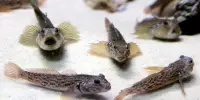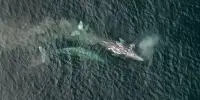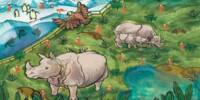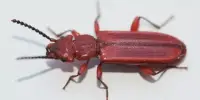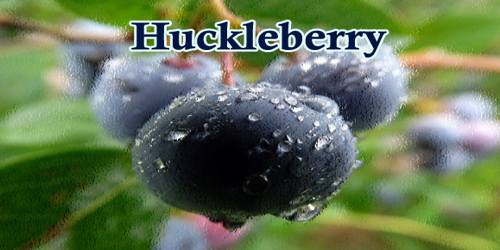It can be difficult to live as a single seaweed along a rocky coastline. Despite the fact that there are plenty of potential mates out there, stalks of these large algae are stuck in place, and potential mates frequently conceal their reproductive structure. This is a particular issue for the red seaweed Gracilaria gracilis, which grows in scraggly clumps. Its male gametes, known as spermatia, lack flexible flagella that allow them to move through water. “Without the ability to swim, the sperm must find another way to reach the female plants,” Myriam Valero, an ecologist at the French National Center for Scientific Research, explains.
The crucial role of insects in the pollination of flowering plants is well known, but algal fertilization assisted by marine animals was hitherto deemed non-existent. A team led by a CNRS researcher from the Franco-Chilean Evolutionary Biology and Ecology of Algae research unit at Roscoff Marine Station (CNRS / Sorbonne University / Pontificia Universidad Católica de Chile / Universidad Austral de Chile) has discovered that small crustaceans known as idoteas contribute to the reproductive cycle of the red alga Gracilaria gracilis. The scientists’ findings are published in Science. They suggest that animal-mediated fertilization is much older than once thought.
The new discovery could have evolutionary implications. Scientists have long assumed that animal-driven pollination began during the Mesozoic era, around 140 million years ago, when flowering plants first appeared.
Are sea animals, like pollinating insects on land, involved in the reproductive cycle of algae? The male gametes, or spermatia, of red algae are generally dispersed by water movement, and scientists have not previously recognized the role played by animals.
Yet an international team led by Myriam Valero, a CNRS scientist affiliated with the Evolutionary Biology and Ecology of Algae research unit (CNRS / Pontificia Universidad Católica de Chile / Sorbonne University / Universidad Austral de Chile) and Roscoff Marine Station (CNRS / Sorbonne University), has revealed that tiny marine creatures called idoteas act as ‘sea bees’ for the red alga Gracilaria gracilis.

As they swim among these algae, idoteas help to fertilize G. gracilis. Male algae have reproductive structures on their surfaces that produce spermatia coated in mucilage, a sticky substance. The spermatia adhere to the cuticle of an idotea and are then deposited on the thalli of any female alga with which the crustacean comes into contact, assisting G. gracilis reproduction.
However, idoteas stand to benefit from this arrangement as well. The seaweed provides them with shelter and food: idotea cling to the algae for protection from strong currents, and they eat small organisms that grow on their thalli. This is an example of a mutualistic interaction — a win-win situation for plant and animal alike — and the first time that an interaction of this kind between a seaweed and an animal has been observed.
While these preliminary findings do not indicate the extent to which animal transport of gametes contributes to algal fertilization in comparison to the role of water movement, which was previously thought to be the sole means of gamete dispersal, they do provide surprising insight into the origin of animal-mediated plant fertilization. Prior to this discovery, it was thought that the latter appeared among terrestrial plants 140 million years ago.
Red algae first appeared over 800 million years ago, and their fertilization by animal intermediaries may predate the origin of pollination on land by a long time. Valero’s team will now concentrate on several other issues: Do idoteas cause spermatia to be released? Can they tell the difference between male and female G. gracilis algae? Most importantly, do other marine species have similar interactions?
The new discovery could have evolutionary implications. Scientists have long assumed that animal-driven pollination began during the Mesozoic era, around 140 million years ago, when flowering plants first appeared. Recent discoveries that some mosses and fungi rely on animals for fertilization may push the origin of pollination equivalents back to the early stages of land colonization 450 million years ago. However, the discovery that pollination-like interactions occur beneath the waves may delay this development even further.

